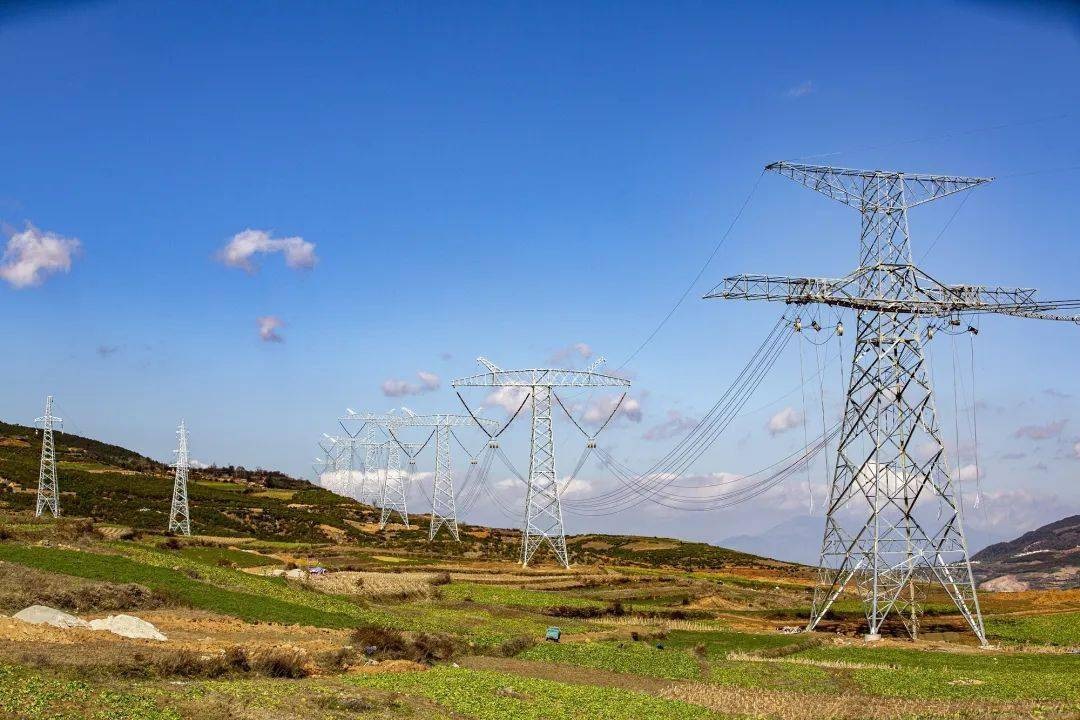
As global economic uncertainty intensifies, two core indicators of the US economy have recently sent out warning signals: cracks appear in the labor market, and corporate profits hit the biggest drop since 2020. This double dilemma reflects the deep-seated contradictions in the US economic structure and also suggests that future economic growth may face more severe challenges.
Although the US unemployment rate remains relatively low, cracks in the labor market have gradually emerged. The latest data shows that the number of job vacancies remains high, but the pace of corporate recruitment has slowed down, and job seekers are in an increasingly difficult situation. More than 60% of job seekers have spent more than six months looking for jobs, and nearly half of them have applied for more than 50 positions but still have no results. Harris polls show that the unemployment rate rose to 3.7% in October and the labor force participation rate fell to 62.2%, reflecting that the overheated labor market has begun to cool down. At the same time, the recruitment difficulties faced by companies are closely related to structural gaps: job vacancies in contact industries such as services and manufacturing continue to rise, while factors such as early retirement, excess deaths, and reduced immigration have led to insufficient labor supply. The rightward shift of the Beveridge curve indicates that the efficiency of supply and demand matching has dropped significantly, and the problem of labor market misalignment has existed for a long time since the epidemic, which is difficult to alleviate in the short term.
The latest data from the U.S. Department of Commerce shows that corporate profits fell sharply by $118.1 billion in the first quarter of 2025, the largest drop since 2020. This trend is related to multiple factors: First, high borrowing costs continue to squeeze corporate profit margins. The aggressive interest rate hikes by the Federal Reserve have led to a tightening financing environment, increased corporate debt burdens, and low investment willingness. Secondly, weak global demand and supply chain uncertainty have pushed up production costs. The aftermath of the tariff policy during the Trump era has not yet subsided, and the recent geopolitical risks have further weakened export competitiveness. Furthermore, weak consumer spending has formed a negative feedback loop-slowing wage growth and soaring prices have suppressed consumption capacity, and corporate revenue growth has been weak. It is worth noting that corporate profits briefly rebounded by $204.7 billion in the fourth quarter of 2024, but the latest data show that this rebound may be difficult to sustain.
The plight of the labor market and corporate profits has formed a vicious circle. On the one hand, the decline in corporate profits has forced companies to cut recruitment, freeze wages, and even lay off employees, exacerbating labor market uncertainty. Cleveland Fed President Hammack hinted that if economic data deteriorates, the Fed may cut interest rates in June, but the timing of the policy shift remains controversial. On the other hand, insufficient labor supply has pushed up labor costs and further squeezed corporate profit margins. For example, job vacancies in the manufacturing industry have doubled, but aging and reduced immigration have led to a shortage of skilled workers, forcing companies to raise wages or outsource production, weakening their competitiveness. In addition, changes in consumption habits after the epidemic (such as a surge in online demand) and adjustments in production models (the popularization of remote work) have exacerbated the structural mismatch in the labor market.
The current economic contradictions may accelerate the US economy to the gray area between a "soft landing" and a "hard landing." Continued sluggish corporate profits may inhibit investment and drag down GDP growth; if the imbalance between supply and demand in the labor market is not effectively repaired, it will weaken the power of the consumption engine. Slok, an economist at Apollo Global Management, a Wall Street institution, warned that corporate uncertainty caused by the trade war is spreading to the job market, and non-farm data in April may show negative job growth. Against this background, the Fed's policy choices are in a dilemma: if interest rates are cut too early, it may stimulate a rebound in inflation; if high interest rates are maintained, the risk of recession will further accumulate.
The cracks in the U.S. economy have already emerged. The dual dilemma of the labor market and corporate profits is not only a continuation of the structural problems after the epidemic, but also the cumulative effect of external shocks and policy mistakes. In the coming months, the market will pay close attention to non-farm data, inflation indicators and corporate financial reports to determine whether the economy has truly entered a recession cycle. How policymakers balance between maintaining employment and stabilizing inflation will be the key to determining the fate of the U.S. economy.

報告顯示,中國電力投資加速增長,預計2024年電網基建投資將超過5300億元。
近日,市場迎來了一則引人注目的消息:工業巨頭3M公司(MMM.N)在本周五公布了其季度業績報告,隨後股價飆升至近兩年來的
最近,外媒給OpenAI算了筆賬,今年可能要血虧50億美元。
近日,巴黎奧運會和世界鐵人三項協會聯合發布了一項重大決定,宣布因塞納河水質污染問題,原定於近期進行的奧運會鐵人三項首次下
當地時間7月18日,法國巴黎發生了一起令人震驚的持刀襲警事件。
近期,一則重大消息在國際舞臺上引起軒然大波,馬來西亞宣布加入金磚國家。
調查發現,互聯網和智能手機的使用幹擾了韓國近五分之一學生的生活。